What is the tolerance range of precision screws?
What is the tolerance range of precision screws?
Service Hotline
+86760-8787 8587We have more than ten years of production experience in the screw industry, the main products are: internal tooth lock washers, 304A grade screws, grade 8 quenched and thickened flanged nuts with pads, Q460 countersunk head rivets, top implosion gecko screws, with pads Machine wire screws, serrated lock washers, cast nuts, 8.8-grade blue-white zinc hexagonal flange nuts, female threaded pins, heavy-duty bolts, external hexagonal implosion and internal pressure built-in expansion pull-out screws, hexagonal plum bakelite handle, Wall-mounted heavy-duty bolts, blue-plated bolts and other fasteners, due to the different materials and specifications of the products, the prices are also different, if you need, please contact us.


Bolt: A type of fastener consisting of a head and a screw (a cylinder with an external thread), which needs to be matched with a nut to fasten and connect two parts with through holes. This form of connection is called a bolted connection. If the nut is unscrewed from the bolt, the two parts can be separated, so the bolt connection is a detachable connection. [1] Stud: A type of fastener that has no head and only has external threads on both ends. When connecting, one end of it must be screwed into the part with the internal threaded hole, the other end must pass through the part with the through hole, and then the nut must be screwed on, even if the two parts are tightly connected as a whole. This form of connection is called a stud connection, which is also a detachable connection. It is mainly used for occasions where one of the connected parts is thick, requires a compact structure, or is not suitable for bolt connection due to frequent disassembly. [1] Screw: It is also a type of fastener consisting of a head and a screw. It can be divided into three categories according to the purpose: machine screws, set screws and special-purpose screws. Machine screws are mainly used for a fastened connection between a part with a fixed threaded hole and a part with a through hole, without the need for nut matching (this connection form is called screw connection, which is also a detachable connection; it can also be Cooperate with the nut, it is used for the fast connection between two parts with through holes.) The set screw is mainly used to fix the relative position between the two parts. Special purpose screws, such as eyebolts, are used for hoisting parts. [1] Nuts: with internal threaded holes, generally in the shape of a flat hexagonal column, but also in a flat square column or flat cylindrical shape, with bolts, studs or machine screws, used to fasten and connect two parts, make it a whole. [1] 5. Self-tapping screw: Similar to machine screw, but the thread on the screw is a special thread for self-tapping screw. It is used to fasten and connect two thin metal components to make them a whole. Small holes need to be made in advance on the components. Due to the high hardness of this kind of screw, it can be directly screwed into the hole of the component, so that the Forming a corresponding internal thread [1] 6. Wood screw: It is also similar to a machine screw, but the thread on the screw is a special thread for wood screws, which can be directly screwed into wooden components (or parts) to connect a band through The metal (or non-metallic) part of the hole is fastened to a wooden member. This connection is also a detachable connection. [1] 7. Washers: A type of fastener with an oblate annular shape. It is placed between the supporting surface of the bolt, screw or nut and the surface of the connecting part, which increases the contact surface area of the connected parts, reduces the pressure per unit area and protects the surface of the connected parts from damage; another type of elastic washer, It can also play a role in preventing the nut from loosening. [1] 8. Retaining ring: It is installed in the shaft groove or shaft hole groove of the machine and equipment, and plays the role of preventing the parts on the shaft or the hole from moving left and right. [1] 9. Pins: mainly used for positioning the left and right parts, and some are also used for connecting parts, fixing parts, transmitting power or locking fasteners. [1] 10. Rivet: A type of fastener consisting of a head and a shank, which is used to fasten and connect two parts (or components) with holes to make them a whole. This form of connection is called rivet connection, or riveting for short. It is a non-removable link. Because if the two parts joined together are separated, the rivets on the parts must be broken. [1] 11. Components and connection pairs: Assemblies are a type of fasteners supplied in combination, such as a combination of a certain machine screw (or bolt, self-supplied screw) and a flat washer (or spring washer, lock washer); Connection pair refers to a type of fastener that is supplied by a combination of special bolts, nuts and washers, such as high-strength hexagon head bolt connection pairs for steel structures. [1] 12. Welding nail: a heterogeneous fastener composed of a nail rod and a nail head (or no nail head), which is fixed to a part (or component) by welding, so as to be connected with other parts. .
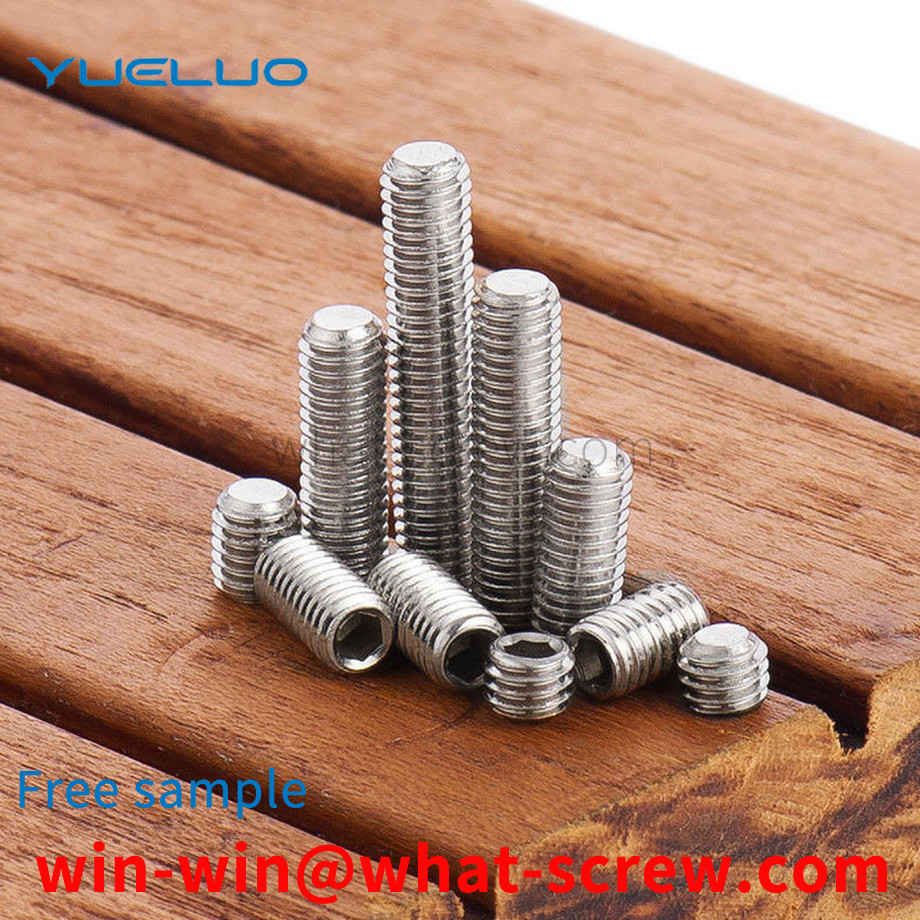
shaft retaining ring installation tool and an installation method thereof relate to an assembly tool and an installation method thereof, comprising a pressing cylinder and a taper sleeve. The maximum diameter of the tapered end is slightly smaller than the inner diameter of the circular straight hole of the pressing cylinder, and the lower end of the tapered sleeve has a positioning structure matched with the shaft of the shaft retaining ring to be installed. The method includes the following: place the taper sleeve on one end of the shaft where the shaft retaining ring is to be installed and position it well, then place the shaft retaining ring on the tapered end of the taper sleeve, and finally press down the pressure cylinder to make the shaft Use the retaining ring to slide down the conical surface of the taper sleeve to the shaft to be installed with the retaining ring for the shaft, and finally get stuck in the groove of the shaft. Yueluo does not need to open the retaining ring for the shaft, which reduces the operation force and labor intensity. The operation method is simple, the structure is simple and reliable, the cost is low, and it is easy to popularize and use.
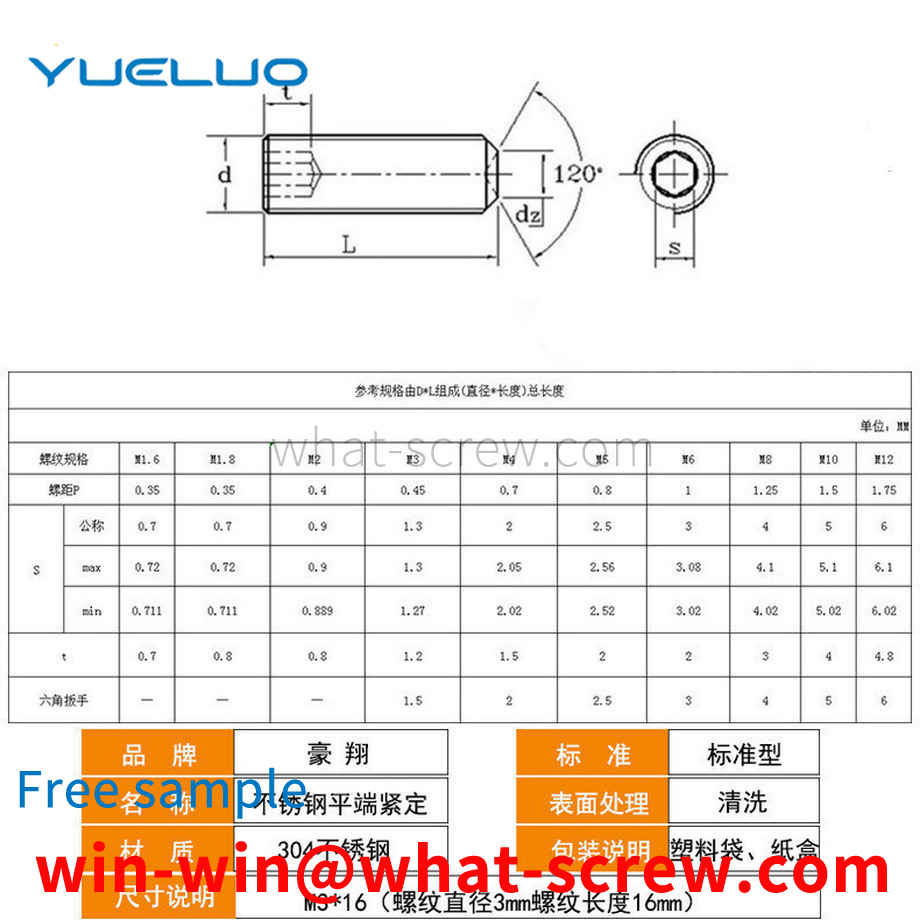
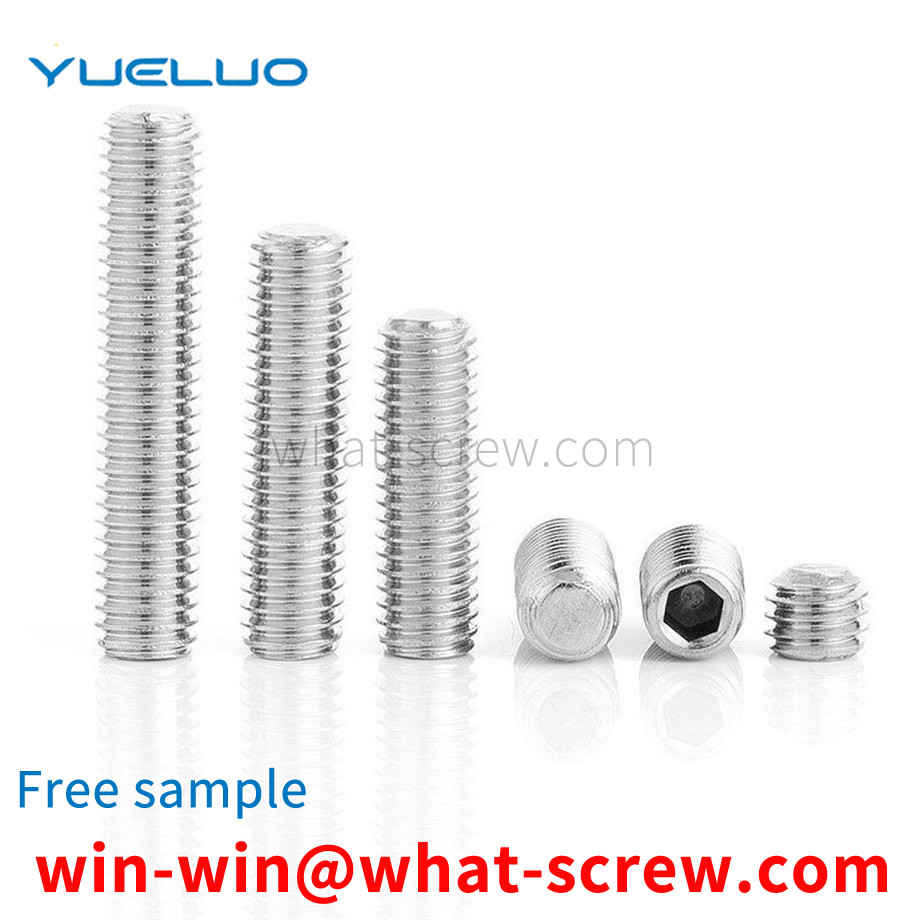
Screw (pinyin: luógǎn, English: screw): a cylinder with a spiral groove cut on the outer surface or a cone cut with a tapered spiral groove. The screw has a different head, the head is called an external hexagon screw. There are others, such as large flat screws, socket head screws and so on.
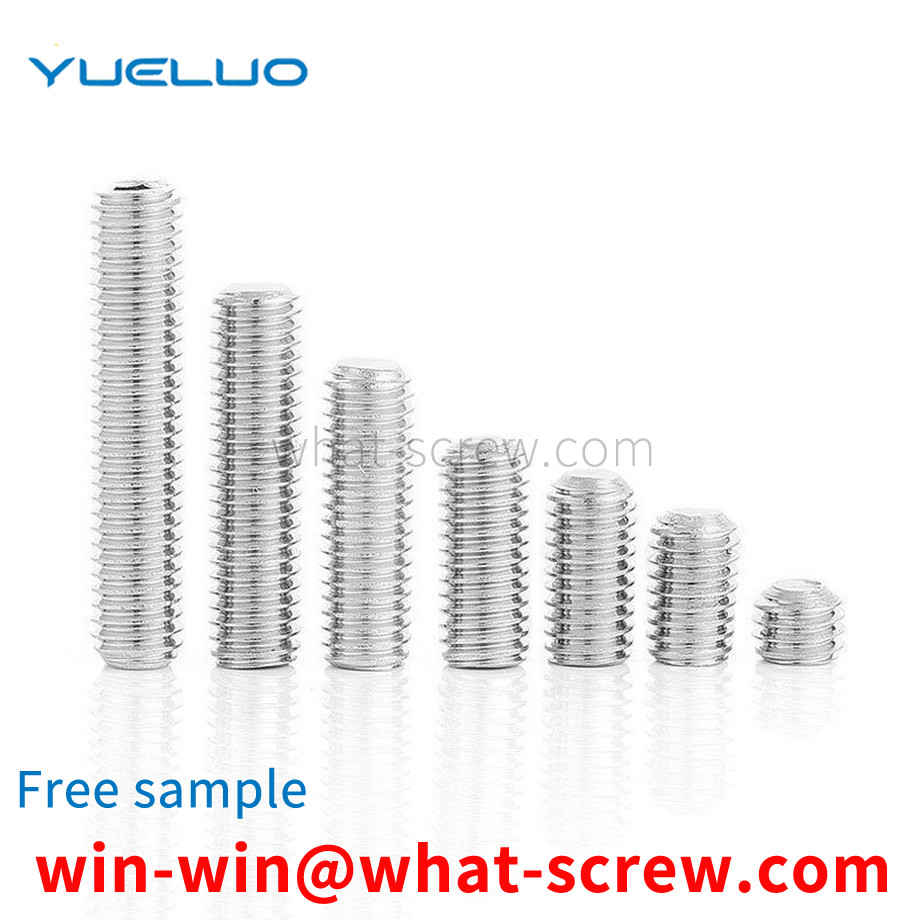
The embossing wheel is used to press the mesh pattern (rolling mesh pattern), and the middle is slotted. After milling, the thread still guarantees 6H accuracy. This knurled copper nut is used in power tools, which is different from other knurled copper nuts. The diamond pattern of this knurled copper nut is located in the middle section of the product, and the diamond-shaped mesh knurling wheel rolls the diamond-shaped flower along the large outer circular step surface.
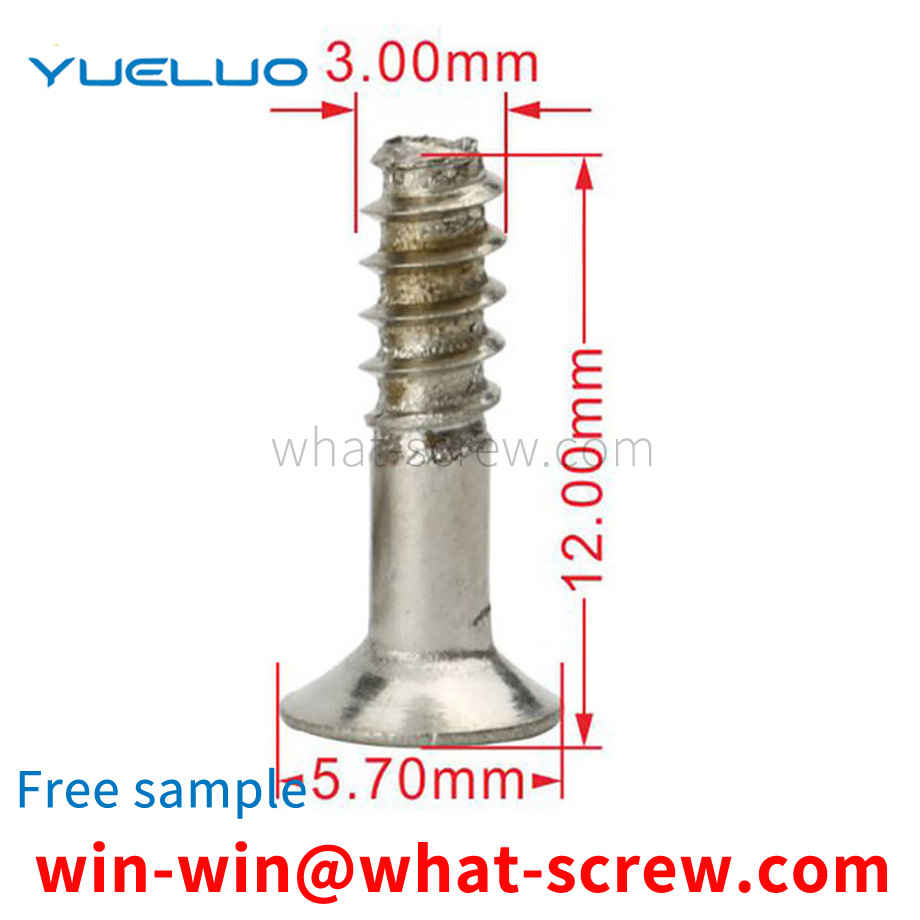
The above content is uploaded by Yueluo or the Internet. If there is any copyright issue, please contact [email protected].

What is the tolerance range of precision screws?

How to choose the right stainless steel screw manufacturer?

Why is there an R angle under the head of the hexagon head s...
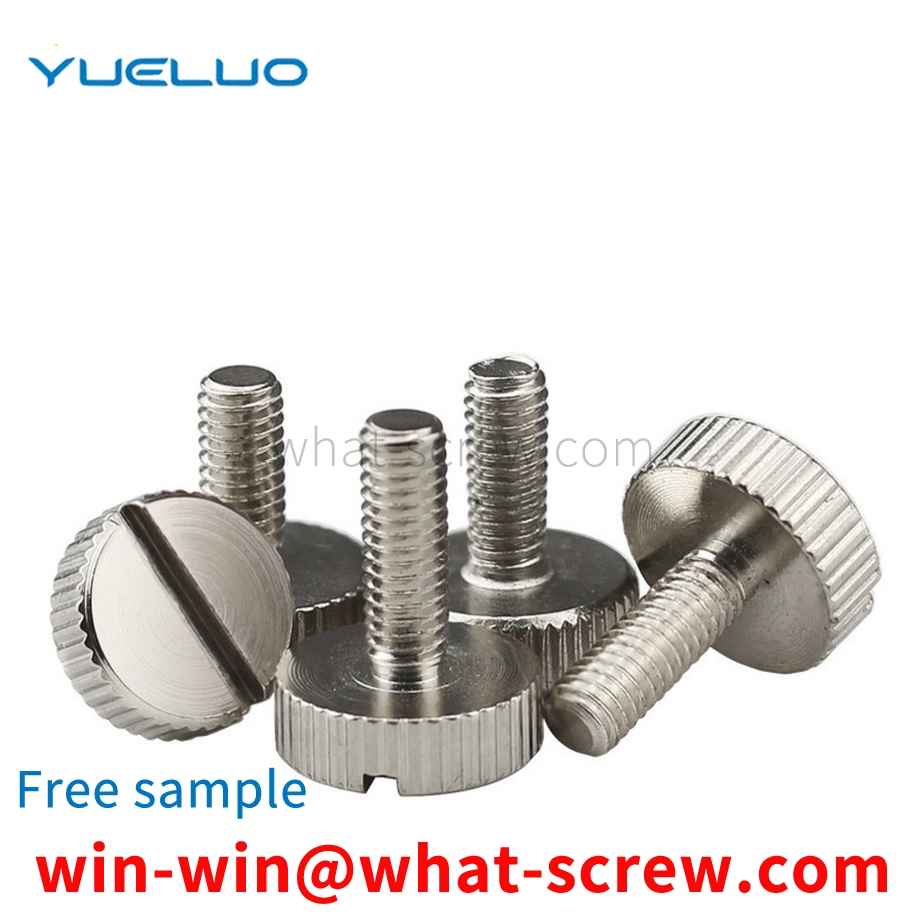
We have more than ten years of production experience in the ...

We have more than ten years of production experience in the ...
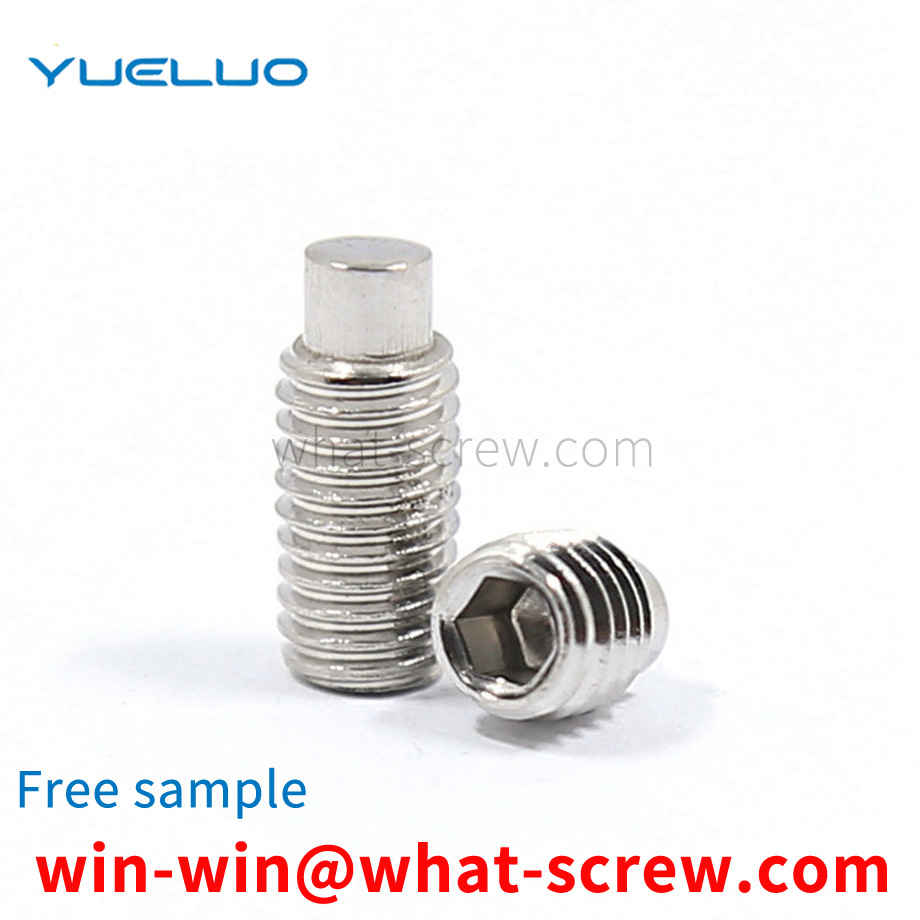
We have more than ten years of production experience in the ...
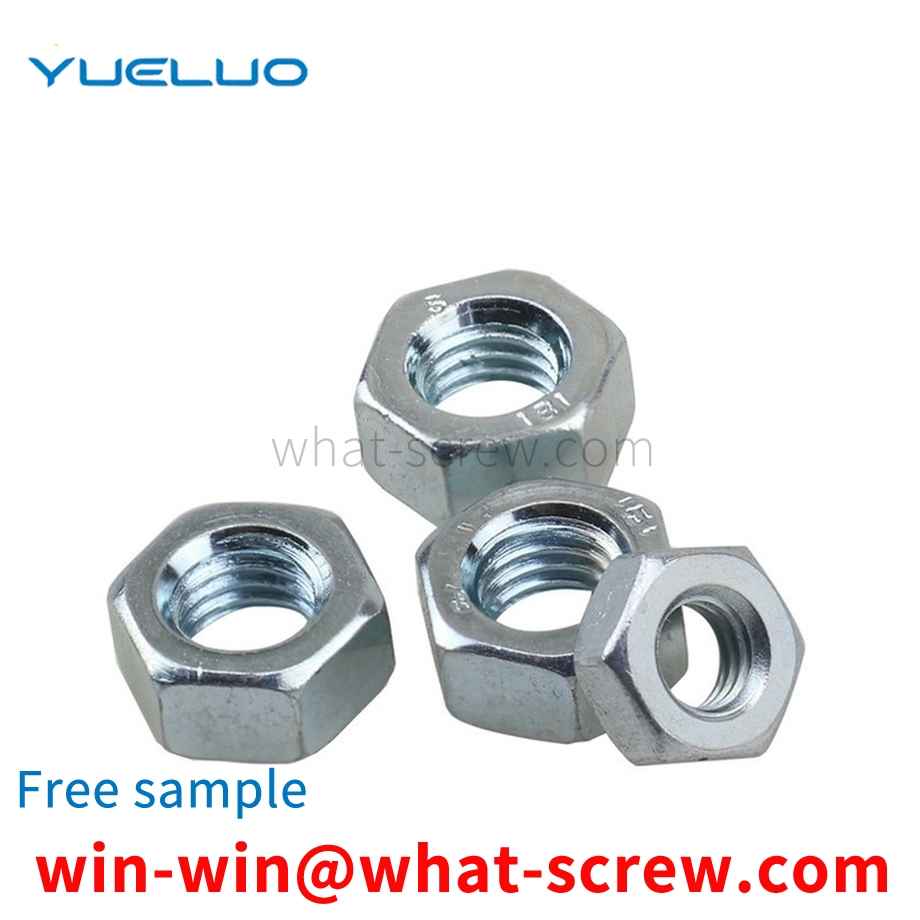
We have more than ten years of production experience in the ...